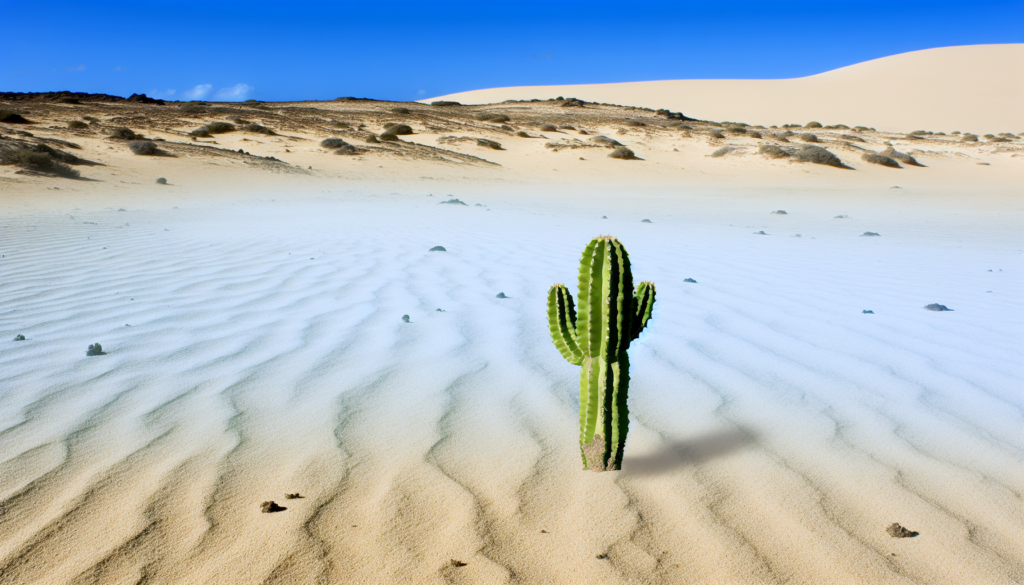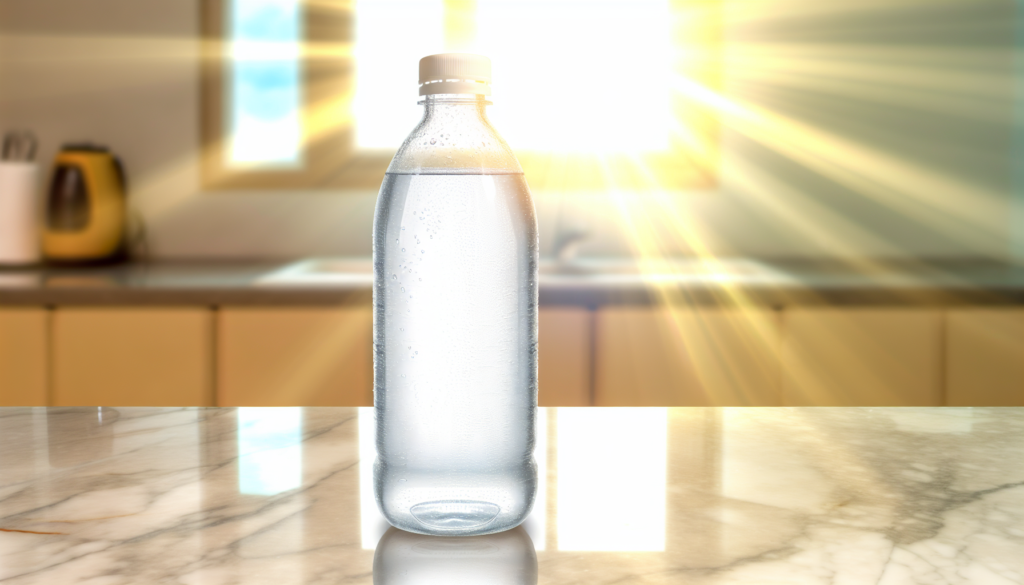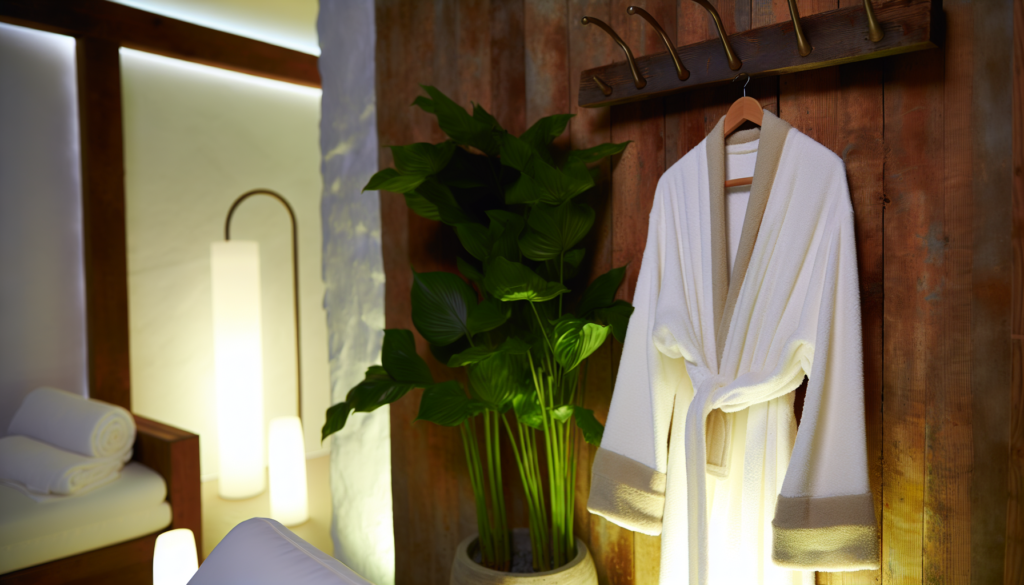Dealing with oily skin can sometimes feel like a never-ending battle. That shine that appears just hours after cleansing, those enlarged pores that seem to catch every speck of dirt, and the occasional breakouts that show up at the worst possible times. If this sounds familiar, you’re not alone. Millions of women struggle with oily skin, but the good news is that nature offers some amazing solutions. These natural skin care tips for oily skin can transform your routine and help you achieve that balanced, glowing complexion you’ve been dreaming of—without harsh chemicals or expensive treatments.
Understanding Oily Skin: Why Is My Face So Shiny?
Before diving into remedies, let’s understand what’s happening. Oily skin occurs when your sebaceous glands work overtime, producing excess sebum. While some oil is necessary for healthy skin, too much can lead to clogged pores, acne, and that persistent shine.
Several factors influence oil production:
The trick isn’t eliminating oil completely—that would actually backfire and make your skin produce even more oil. Instead, the goal is balance. Let’s explore how natural ingredients can help you achieve that perfect equilibrium.
1. Gentle Cleansing: The Foundation of Oily Skin Care
The way you wash your face can make or break your skin’s oil balance. Harsh cleansers strip away natural oils, signaling your skin to produce even more sebum to compensate.
Try cleansing with raw honey instead. It’s naturally antibacterial, pulls dirt from pores, and helps maintain your skin’s natural pH. Simply massage a small amount onto damp skin, leave for a minute, then rinse with lukewarm water.
Another option? Green tea cleansers. Green tea contains tannins that naturally reduce oil production and fight inflammation. Brew a strong cup, let it cool, then use it as a final rinse after your regular cleanser.
2. Apple Cider Vinegar: Nature’s Toner
That bottle of ACV in your pantry is a skincare superhero in disguise. Apple cider vinegar helps balance your skin’s pH level, controls oil production, and has natural antibacterial properties.
Create a simple toner by mixing:
Apply with a cotton ball after cleansing. The smell might take some getting used to, but it dissipates quickly, and your skin will thank you.
3. Clay Masks: Weekly Deep Cleansing
Clay masks are like magnets for excess oil and impurities. Bentonite clay, in particular, draws out toxins and sebum while delivering minerals to your skin.
DIY Clay Mask Recipe
Mix 1 tablespoon of bentonite clay with:
Apply a thin layer to clean skin, let it dry (about 10-15 minutes), then rinse thoroughly. Use once a week for best results.
4. Aloe Vera: Hydration Without Heaviness
One of the biggest myths about oily skin? That you don’t need moisturizer. Actually, skipping hydration can trigger more oil production!
Aloe vera gel provides lightweight hydration that won’t clog pores. It’s also anti-inflammatory and helps heal blemishes. For best results, use pure aloe vera straight from the plant or look for products with aloe as the main ingredient and minimal additives.
5. Tea Tree Oil: Spot Treatment Magic
When breakouts happen (and they will), tea tree oil is your friend. This powerful antimicrobial oil targets acne-causing bacteria without the harshness of conventional treatments.
Remember to dilute tea tree oil with a carrier oil like jojoba (which actually helps regulate sebum production). Mix one drop of tea tree oil with three drops of jojoba oil and apply directly to blemishes with a cotton swab.
6. Oatmeal: Gentle Exfoliation
Exfoliation is essential for oily skin types, but scrubbing too hard can stimulate oil production. Enter oatmeal—nature’s gentle exfoliator.
Grind 2 tablespoons of plain oats in a food processor until fine, then mix with enough water to form a paste. Massage gently onto damp skin in circular motions, then rinse. Your skin will feel smooth, not stripped.
7. The Power of Green: Diet Matters
What you put on your plate affects what happens on your face. Leafy greens like spinach and kale are packed with vitamins that help regulate oil production. Zinc-rich foods (think pumpkin seeds and chickpeas) can also help manage sebum levels.
Meanwhile, try reducing dairy and high-glycemic foods, which have been linked to increased oil production and acne in many women.
8. Blotting Papers: Your On-the-Go Solution
For midday shine control, keep natural blotting papers in your purse. You can even make your own by cutting parchment paper into small squares. They absorb excess oil without disturbing your makeup or adding more products to your skin.
9. The Magic of Water
It sounds almost too simple, but increasing your water intake can actually help regulate oil production from the inside out. Aim for at least eight glasses daily, and watch how your skin responds over a few weeks.
10. Stress Management: The Overlooked Skin Savior
Ever notice how your skin seems oilier during stressful periods? That’s because stress hormones can trigger your sebaceous glands to produce more oil.
Incorporating stress-reduction techniques like yoga, meditation, or even simple deep breathing exercises can work wonders for your skin. Just 10 minutes of mindfulness daily might be the missing piece in your skincare puzzle.
Finding Your Balance
Remember that everyone’s skin is unique. What works for your friend might not work for you, and that’s completely normal. Start by incorporating one or two of these natural skin care tips for oily skin into your routine, give them time to work (at least a few weeks), and then add more if needed.
The journey to balanced skin is just that—a journey. Embrace the process, listen to your skin, and be patient with yourself. With these natural approaches, you’re not just managing symptoms; you’re addressing root causes for healthier skin in the long run.







